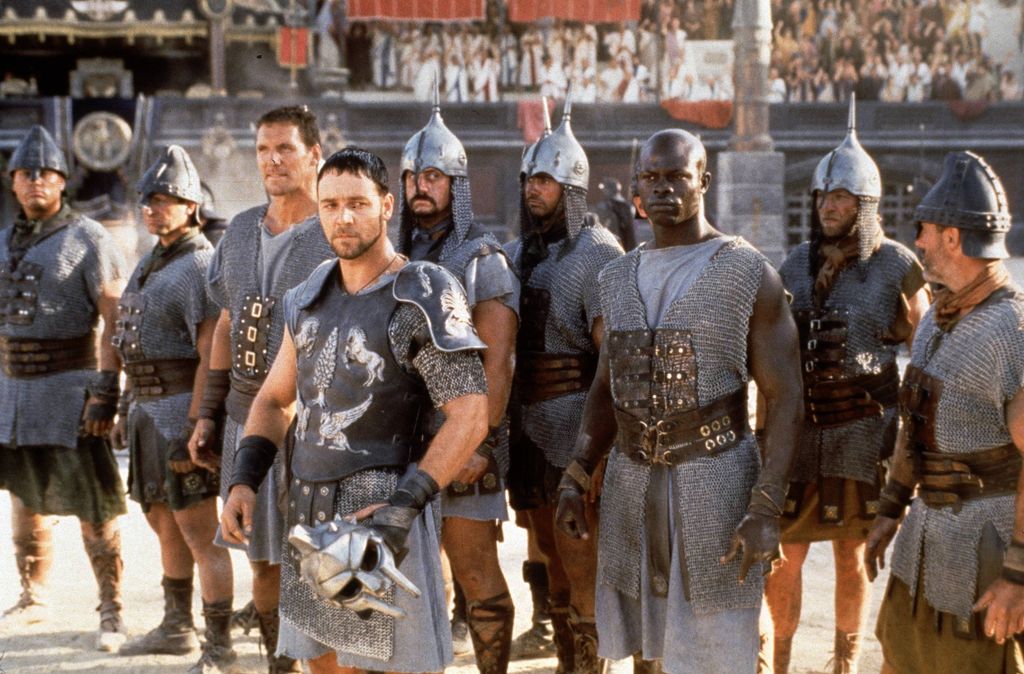
Get ready to step into the epic world of Ridley Scott’s ‘Gladiator’! Released in 2000, this historical drama won five Academy Awards and captivated audiences worldwide. It sparked a massive renewed interest in ancient Roman history, inspiring books, documentaries, and even a video game. From its intense battle scenes to unforgettable characters, it’s a film that truly sticks with you.
The enduring legacy of ‘Gladiator’ is undeniable. Russell Crowe’s powerful portrayal of Maximus, those epic battle sequences, and Hans Zimmer’s iconic musical score all cemented its masterpiece status. But what about the stories *behind* the story? The fascinating challenges and little-known tidbits that brought this grand vision to life? That’s where things get truly interesting.
We’re about to pull back the curtain and reveal some mind-blowing facts that will make you appreciate this film even more. From a fictional hero to groundbreaking CGI and even real-life Hollywood drama, you won’t look at ‘Gladiator’ the same way again. So, are you ready to be entertained and uncover the secrets? Let’s go!

1. **A Global Phenomenon: ‘Gladiator’s’ Explosive Impact** When ‘Gladiator’ hit theaters in 2000, it was a cultural event that swept across the globe, instantly becoming an instant classic. Directed by Ridley Scott, this iconic historical drama transported us back to ancient Rome. It immersed us in a world brimming with political intrigue, breathtaking battles, and compelling characters. Its powerful storytelling and stunning visuals quickly captivated audiences.
The film’s influence extended far beyond the box office, grossing over $460 million worldwide. ‘Gladiator’ proved to be a critical darling, receiving widespread acclaim for its performances, cinematography, and production value. This monumental success was further solidified by its haul of five Academy Awards, including Best Picture and Best Actor for Russell Crowe.
More than just accolades, ‘Gladiator’ sparked an incredible resurgence of interest in ancient Roman history. Its success reignited the popularity of historical and epic films, paving the way for other “sword-and-sandal” epics. The film’s release even coincided with the turn of the millennium, adding another layer of significance to its profound impact on cinematic history.
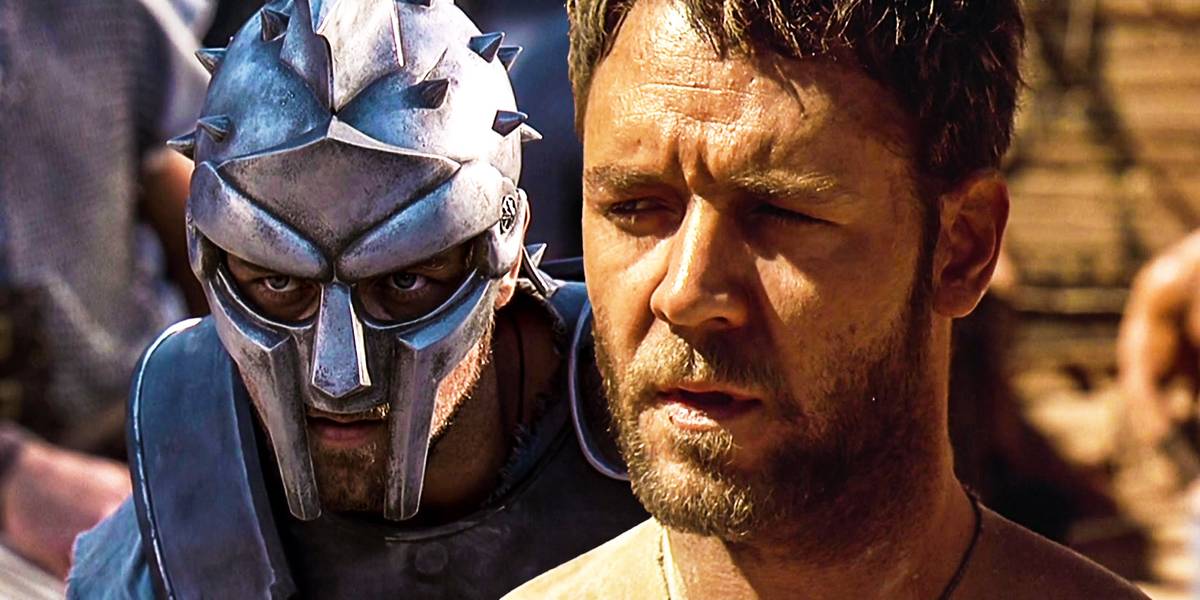
2. **Maximus: The Hero Who Never Existed (Seriously!)** Here’s a fact that might shock you: Maximus Decimus Meridius, the stoic, honorable, and intensely vengeful Roman General we all admired, was entirely a work of fiction. The filmmakers didn’t pull his tragic backstory from ancient scrolls. Instead, they masterfully wove together fragmented bits of Roman history, sprinkling in universal themes of revenge, honor, and sacrifice, to create a character that felt utterly real.
Despite his fictional roots, Maximus became larger than life, a Roman superhero designed to evoke every possible emotion. Whether leading his legions into brutal battle or delivering tear-jerking speeches, he truly transcended the screen. He embodied the ultimate warrior, a man stripped of everything but his resolve, fighting against impossible odds.
So, does it truly matter that he wasn’t historical? Not one bit. Maximus’s journey resonated so deeply, he became a legend not in history books, but firmly in our hearts. His compelling story of loyalty and relentless pursuit of justice made him one of cinema’s most unforgettable protagonists.
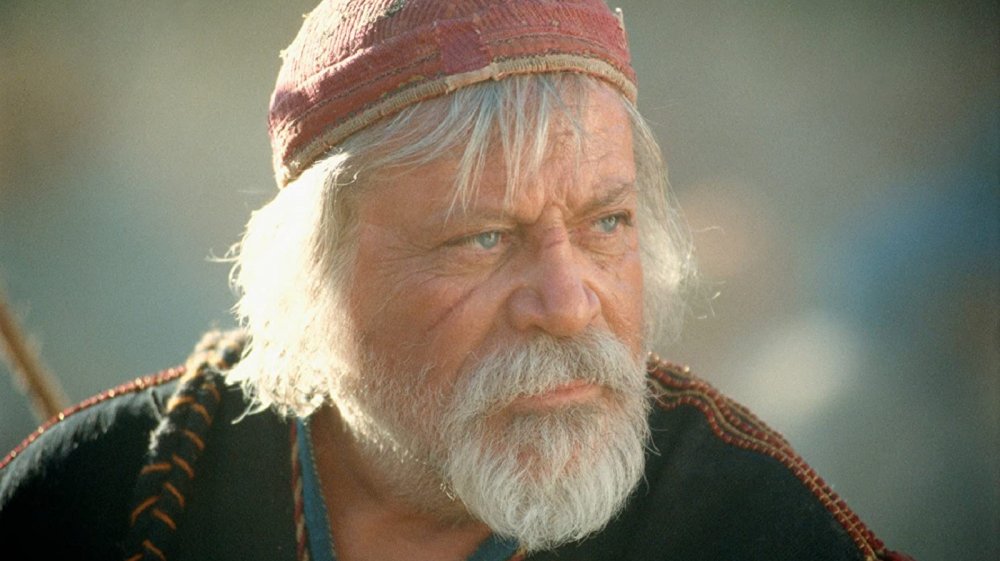
3. **The CGI Magic That Kept Oliver Reed Alive On Screen** The production of ‘Gladiator’ faced a heartbreaking challenge when actor Oliver Reed, who portrayed gladiator trainer Proximo, tragically passed away during filming. His untimely death on May 2, 1999, left a massive, emotional, and logistical gap. With pivotal scenes yet to be shot, filmmakers faced a daunting decision.
Instead of halting the film, Ridley Scott and his team turned to groundbreaking technology: computer-generated imagery (CGI) and body doubles. This involved meticulously scanning Reed’s face from existing footage and combining it with newly shot material of stand-in actors. Through digital editing, they seamlessly integrated Reed’s likeness, allowing Proximo’s character to complete his narrative journey.
For the era, this was cinematic wizardry. The decision to use CGI to honor Reed’s performance was both a tribute to his talent and a testament to the film’s commitment. Every time viewers see Proximo on screen, it reminds them of the legendary actor and the extraordinary efforts to ensure his spirit lived on.
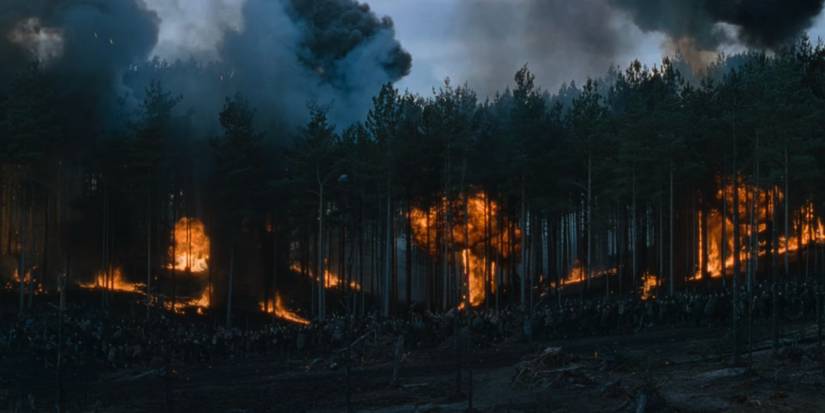
4. **Ridley Scott Burned a Forest Down (on Purpose!) for that Epic Opening** Remember that insane, chaotic, and immersive opening battle sequence in ‘Gladiator’? The one set in the snow-dusted forests of Germania? A significant portion of that fiery chaos was absolutely real! Director Ridley Scott, known for his relentless pursuit of authenticity, went to extreme lengths to make it intense.
The sequence was filmed in Bourne Woods, England. Scott learned that the Royal Forestry Commission had slated this area for “deforestation.” He seized the opportunity, striking a deal: ‘Gladiator’ production would handle the burning down of the forest, in exchange for getting epic, fiery shots.
The result was spectacular. While flames reportedly got “way out of hand,” requiring firefighters’ intervention, the raw power of that fire translated directly onto the screen. It instilled genuine danger that CGI alone couldn’t replicate. This “go big or go home” approach paid off handsomely, setting an intense tone for the film’s opener.
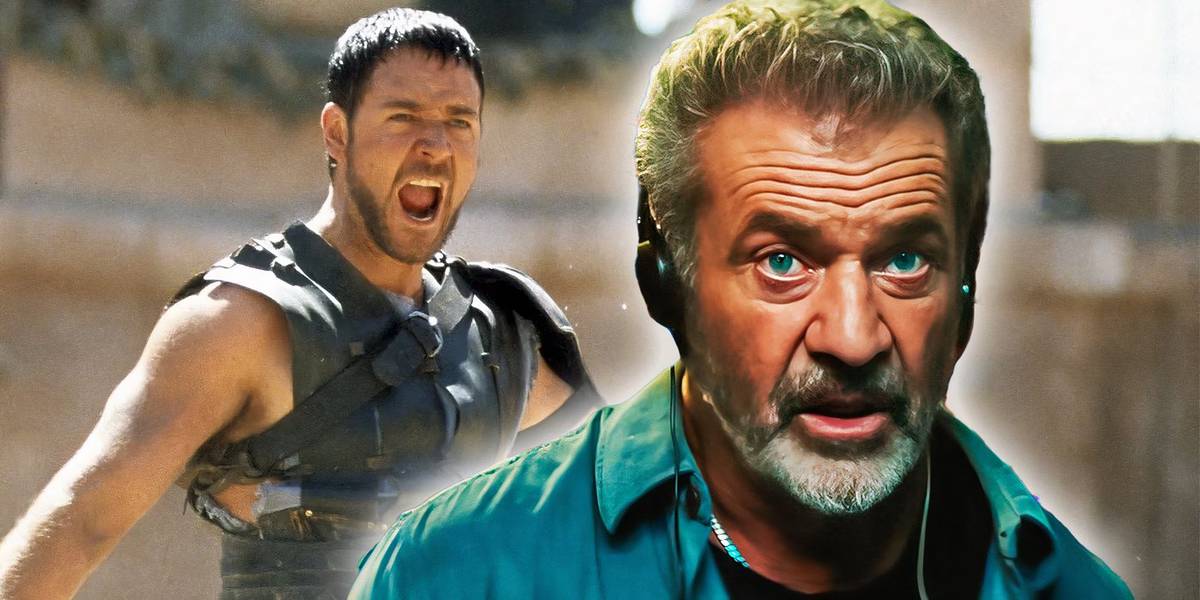
5. **Mel Gibson Said “No Thanks” to Playing Maximus** Imagine ‘Gladiator’ with a different lead. Russell Crowe’s performance as Maximus is so iconic, it feels impossible to imagine anyone else. Yet, before Crowe, another Hollywood name was reportedly considered: Mel Gibson. Yes, *that* Mel Gibson, who had cemented his place with his own Oscar-winning ‘Braveheart.’
The rumors suggest Gibson, then a huge star, was approached for Maximus. However, he allegedly turned down the role, citing he was “too old.” At the time, Gibson was in his mid-40s. It makes you wonder what an alternate ‘Gladiator’ would have looked like with him.
Director Ridley Scott has publicly denied Gibson was his “first choice,” stating Russell Crowe was always top of his list. Regardless, a world where Mel Gibson as Maximus *could* have happened is a fascinating “what if.” The role went to Crowe, who absolutely crushed it, earning an Academy Award and immortalizing the character.
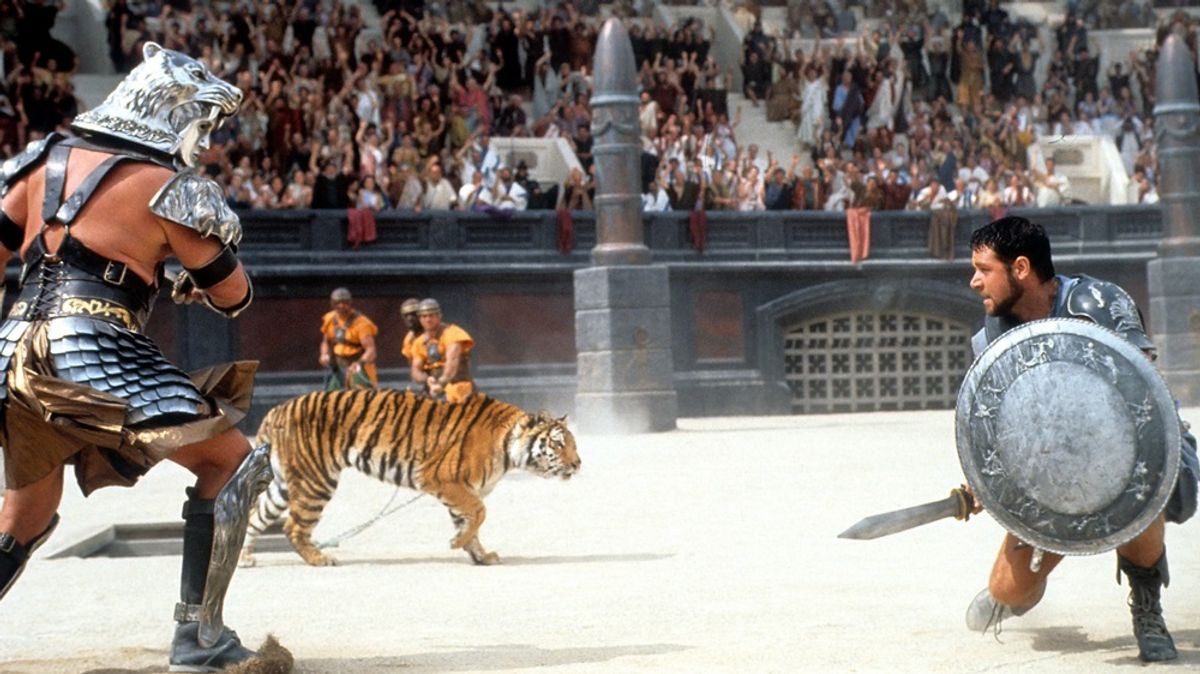
6. **The Colosseum: A Masterpiece of Practicality and Pixels** When you watch the gladiatorial games unfold in ‘Gladiator’s’ magnificent Colosseum scenes, you might assume it’s all dazzling CGI. While CGI played a crucial role, the filmmakers went incredibly old-school, building a massive, tangible replica! Forget solely relying on green screens; the production team committed to immense practical detail.
In Malta, they constructed a breathtaking 52-foot high fragment of the Colosseum’s first tier. Meticulously designed, it measured about one-third of the original amphitheater’s circumference. This was a substantial, intricate set, even including the rudimentary elevator system. It took seven months to build and cost a cool $1 million, showcasing immense dedication.
To complete its awe-inspiring grandeur, the practical set was seamlessly blended with cutting-edge CGI. The remaining tiers, retractable roof, and thousands of cheering spectators were all digitally added. This masterful combination meant that when you witnessed the brutal combat, it felt like you were right there, sitting in the heart of the Colosseum, transported back to ancient Rome.


:max_bytes(150000):strip_icc()/GettyImages-2144493928-b2fd1d5ac94b4bdea23df20e81bae792.jpg)

